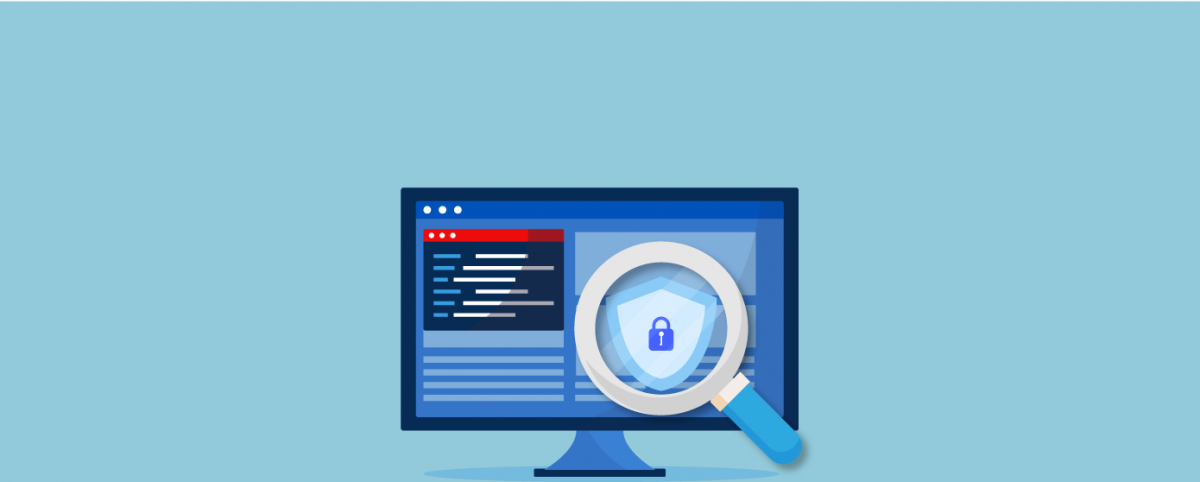Putting Web Application Security Testing at the Centre of Your Mission
On hearing this word, you might be wondering what is web application security all about? Think of any digitization initiatives an organization has and ensuring it is secured can be thought of as web application security. This is used to ensure that websites and API services you expose and use for the service function as expected, track attack attempts, and keep it safe from vulnerabilities or threats. The concept here is a collection of security control engineers to protect the assets from malicious agents.
The web application is software that inevitably contains defects. There are few defects that constitute the actual vulnerability that can be exploited and put the organization at risk. Web Application Security mainly defends against defects and secures the development practices, which also implement the security measures in the complete software development life cycle.
Why is Web Application Security Testing Important?
This testing aims to search for security vulnerabilities in any web application within their configuration. When a user is running the HTTP protocol, that becomes the primary target for this application layer. Security testing of any web application sends different types of input, which provokes errors and makes the system behave unexpectedly. These are also called “negative tests,” where your system is doing something it is not supposed to do.
One very important thing the user needs to understand is that Web Application Security Testing is not just the testing, it’s a security feature implemented in the application. It is important that everything gets tested with other features in a secure way and the goal is to ensure that the functions get exposed into the web application to make that secure.
Compared to others, web applications are most prone to cyberattacks. This is because these are accessible to everyone and get exposed to cybercriminals.
- As you know, all web applications have private data, online transactions, confidential information, etc. These are targets for cybercriminals. It helps to detect and prevent security threats. Though web application meets its requirement, it does not provide the quality which can guarantee that web applications are secure.
- The website has various compliance and auditing standards which provide the service effectively. However, there are few most popular compliance standards and every website must fulfill the testing necessities outline. It is necessary that the website must meet compliance regulations to avoid penalties.
- Your business operation has to be available all the time because you may need access with network availability. The most dangerous consequence is to precede security testing for the entire web application. To continue the business, you need to ensure availability.
- Every security flaw must be patched within your application and if you discover them late, this process may become very expensive. You should not wait for the time when the security flaws will disrupt your business.
Steps for the Implementation of Security Testing in Web Aplications:
Putting web applications for testing into the center of your mission has to be designed carefully because this procedure is very sensitive. However, the less risky, basic procedure can be followed, as outlined below:
- Understand business requirements: This is the first step in security testing where you need to understand the business and set your desired security goal. In this, you need to consider all of your organization’s security needs and avoid vulnerabilities within the organization’s application. You also need to keep on re-checking the security needs.
- Gather data and system requirements: If you want to create an accurate test for the application, the first thing you need to do is gather information regarding the system. The team has to note down the requirement for developing the web app and also the specification of the network operation.
- Create a threat list and prepare your work accordingly: Here, you can identify the vulnerability process and risk the web app. You need to prepare the threat profile to evaluate the test’s critical nature. You need to create a test plan which has to get addressed with all the vulnerabilities within the system.
- Need to create a traceability matrix for each risk and vulnerability: In Web Application Security Testing, the traceability matrix is very important to maintain the relationship between two or more entities. It also sees that how much everything gets affected by each other, so the web has to create an effective test plan where it is necessary to track the very risk and vulnerability.
- It is essential to decide on tools for testing: Manual security testing is always viable in every case, so you need to incorporate automated testing in the test web app effectively. It is best to create the tool list which you will use for testing.
- Make ready for security test case document: This is a critical point where you need to see the software security document, and it is necessary to fill all documents correctly. You must start everything before you execute the test.
- Need to execute the security test case: You need to start executing it with whichever case you have prepared. In this step, you need to identify the team’s vulnerabilities that you had planned to fix during the test.
- Execute the regression test case: Regression test is a technique where the user can re-execute the previous test to find the previously affected functionality. The user needs to make sure that they introduce the new changes, not new bugs.
- Create a Detailed Report: This is the last step where every vulnerability has to resolve while testing.
Final Thoughts:
Web Application Security Testing is essential, as applications are the heartbeat of any digitization initiatives for a business. Go digital fearlessly with Indusface.
Stay tuned for more relevant and interesting security articles. Follow Indusface on Facebook, Twitter, and LinkedIn.


 October 14, 2021
October 14, 2021






